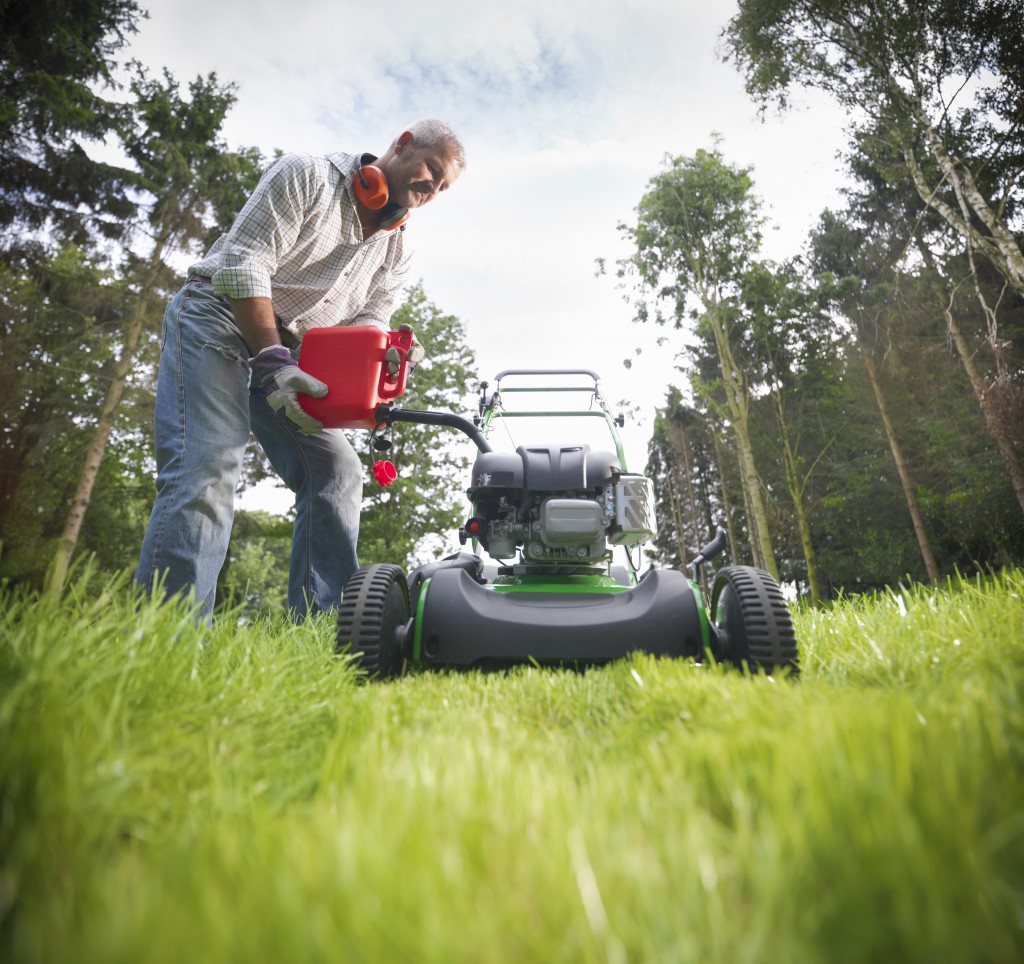The real reason your lawn keeps dying
Our national addiction to Kentucky bluegrass isn’t just bad for your lawn—it’s awful for the planet and your wallet. Maybe it’s time to go native
Advertisement
Our national addiction to Kentucky bluegrass isn’t just bad for your lawn—it’s awful for the planet and your wallet. Maybe it’s time to go native

Share this article Share on Facebook Share on Twitter Share on Linkedin Share on Reddit Share on Email
this sounds fantastic. what type of seed do I buy? I live in brant county with fox bar sand for soil